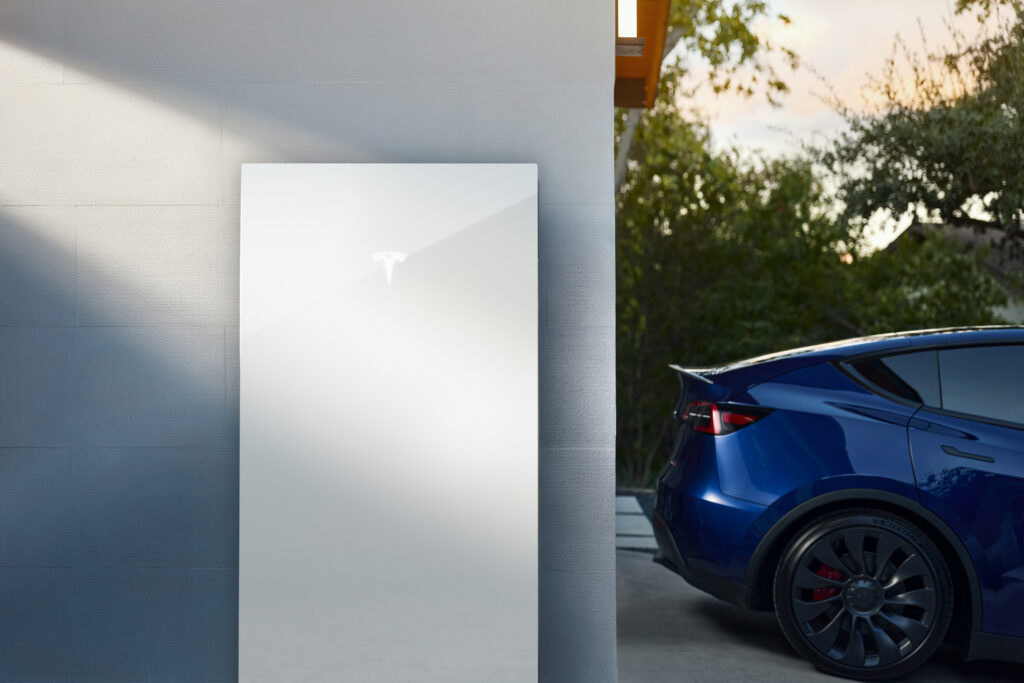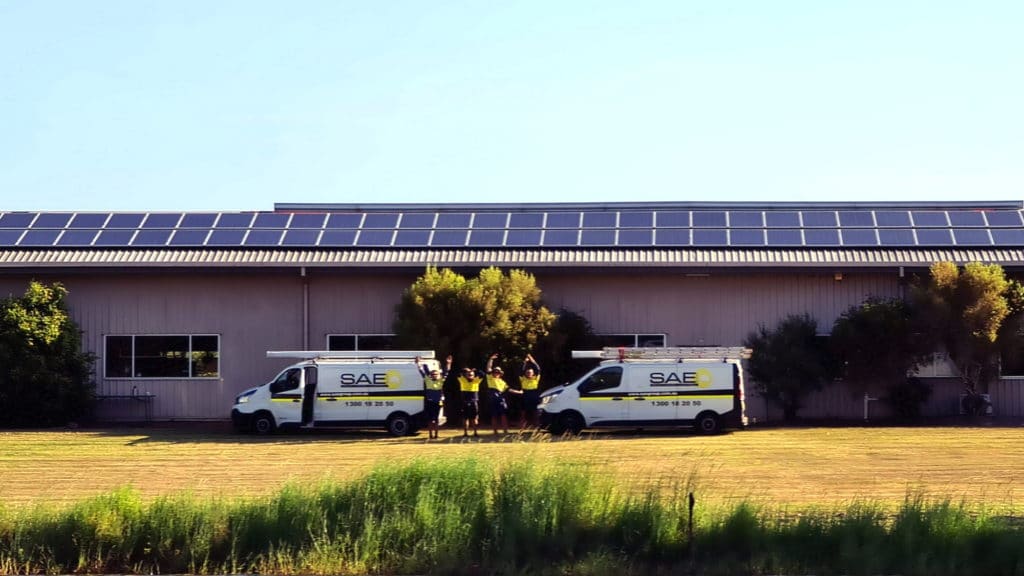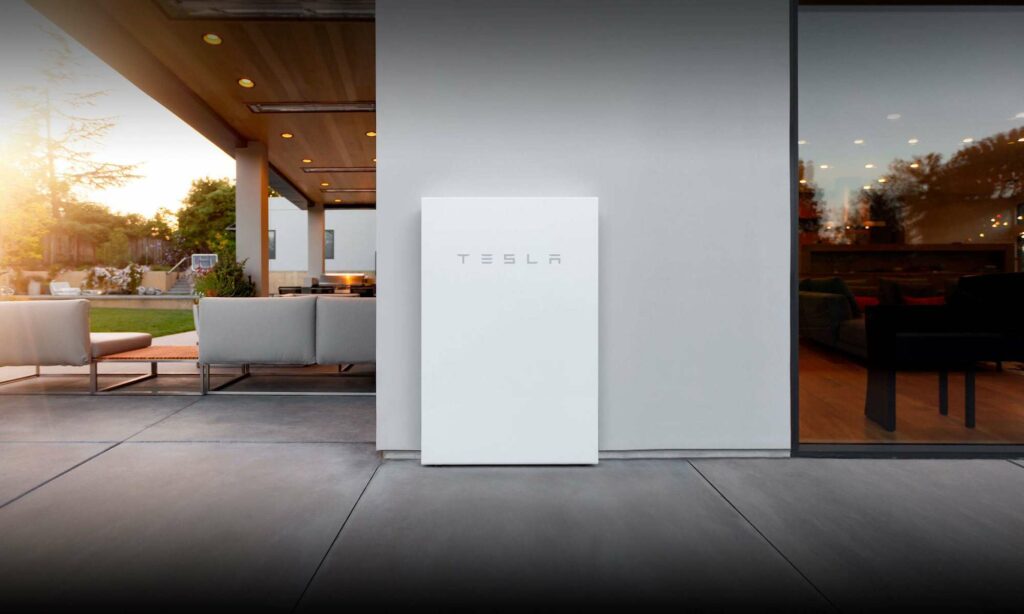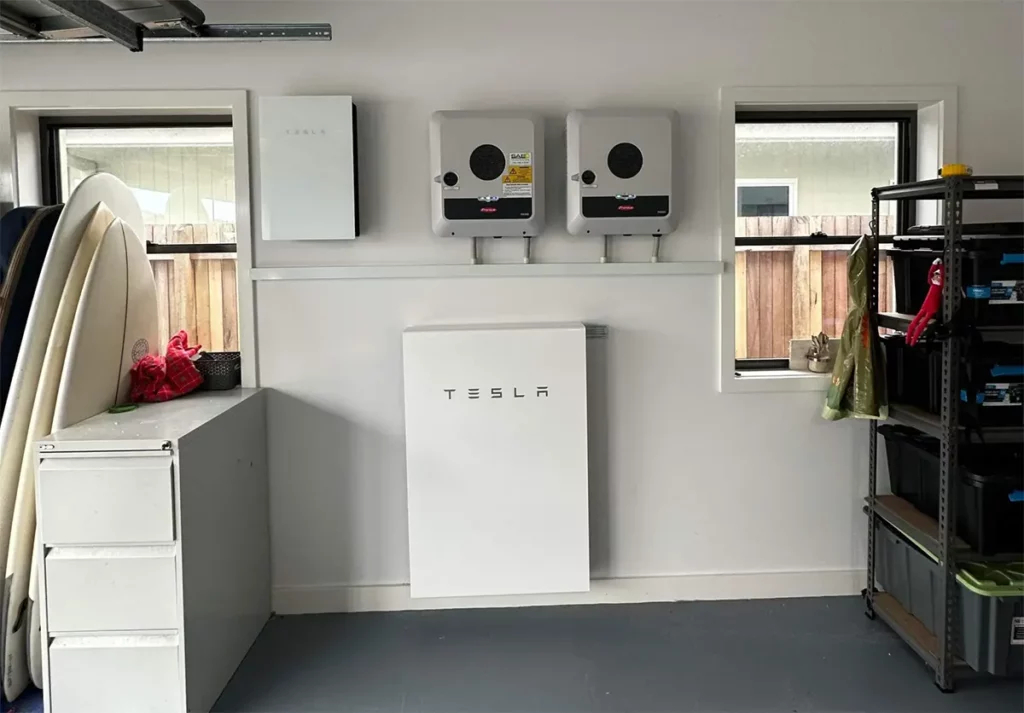Seraphim Manufacturing Success
Home » Seraphim Manufacturing Success
Not all solar panels are equal, and solar manufacturing has become a lucrative global business with increasing competition as companies jump on the renewables bandwagon. So how has one Chinese company called Seraphim come from nowhere to become a top manufacturer so rapidly? Solar International Magazine has recently published their research on this still relatively unknown brand that we at SAE believe is one of the best solar panels on the market.
It is important to realise that in Australia more than one solar company has been guilty of putting up a claim on its website regarding awards certifying its chosen panel as being “the best” only to have the Clean Energy Council (CEC) check up on them and fine them for inventing both the award and the fake organisation they have listed as presenting it. So, is it simply a case of “buyer beware”, or is there a way for the public to research this information for themselves?
 Firstly let’s deal with the TIER size misnomer, according to Pike Research this is a term used in Solar to describe the size of the company. Tier 1 companies are your larger companies that spend more than a few dollars on Research and Development, have an Automated Production System and are vertically integrated i.e. they produce the cells themselves in a manufacturing process and manufacture the whole panel from the ground up rather than simply assembling the parts from other manufacturers. Tier 1 companies also have to have been around for more than 5 years, which is a good indication that they have a sustainable business model in the fast changing world of Solar Power. This also means they are likely to still be around to service that 25 year warranty they provide on their products.
Firstly let’s deal with the TIER size misnomer, according to Pike Research this is a term used in Solar to describe the size of the company. Tier 1 companies are your larger companies that spend more than a few dollars on Research and Development, have an Automated Production System and are vertically integrated i.e. they produce the cells themselves in a manufacturing process and manufacture the whole panel from the ground up rather than simply assembling the parts from other manufacturers. Tier 1 companies also have to have been around for more than 5 years, which is a good indication that they have a sustainable business model in the fast changing world of Solar Power. This also means they are likely to still be around to service that 25 year warranty they provide on their products.
Tier 2 companies are considered to have only spent a small amount of money on Research and Development. Will only have a partially automated manufacturing process, and therefore an element of manual labour will be used. Usually they will have been operational for only 2-5 years.
Tier 3 Companies are not considered to be spending any money on Research and Development, have manual production lines, and only assemble the panels they sell after buying all the components from other companies. These companies are generally only considered to have been around for 1-2 years and make around 90% of the panels on today’s market.
The only measurable system the public has access to in doing their independent research is that provided by Photon International. Their annual performance and yield test results do offer a level playing field, but again it’s how you interpret these results that counts. The test site for the panels is in Germany a country with a temperate climate which has extremes of cold and relative warmth. We here in Australia have a far different climate and where we get no snow and maybe only a little frost, but high Summer temperatures, so immediately we have a difference to be considered in the data presented by the Photon report.
In general terms Mono-crystalline panels are considered to perform better than Poly-crystalline panels, however the latest Photon report for 2013 shows only a 0.6% difference in the top panel in each field, which is hardly significant until you compound that difference over 25 years. Research seems to agree, that in higher temperature conditions like those in Australia, it is Poly-crystalline that performs better than Mono-crystalline. This would result in removing 8 of the top 15 panels from the latest Photon tests as an appropriate choice for Australia.
Of the 7 remaining Multi-crystalline panels only one has been on test for longer than 2014’s new entrants into the test, which  is Seraphim. On taking a closer look at the only panel with a three year history of being tested from Seraphim several key points emerge;-
is Seraphim. On taking a closer look at the only panel with a three year history of being tested from Seraphim several key points emerge;-
- They were installed in October 2011, which means they were subjected to environmental degrading for 3 months before testing and recording began, (this is important to consider as panels are generally thought to degrade most in their first year around 2-2.5% and then have a more linear degradation of around 1% per year).
- The first years (2012 Test Results) Performance ratio of these panels was 93.6% which is 0.3% higher than the best of the new Multi’s on test for 2013 (Hanwa Q Cells) and only 0.4% behind the top Mono (Sopray), for the 2013 test. Based on these facts the Seraphim panels are the best performing Multi’s based on their initial performance ratio.
- They were the top performing Multi for 2012 with only Sunpower Thin Film Panels out-performing them in this test. Again thin film panels are not deemed suitable for the harsh Australian conditions and Photon are currently reviewing the testing procedures for these types of panels which has resulted in their removal from the test results posted in recent years.
- The Seraphim panels are the highest placed panel that have a three year history on test and have only lost 1% in performance in the time between the two tests.
- Further to the Photon International tests the Seraphim Panels have been the first panels to pass the new Thresher Test initiated by TUV SUD in Germany. This is a test designed to be 3 times more stringent than the current IEC tests towards the consistency of output and longevity of the panel.
- The partnership with FUJIFILM on developing a new more stable backing plate for their panels has been a key factor in the attainment of this new award.
- As a result of the Thresher test award Seraphim have been able to increase both the manufacturing (12 years), and performance (90% at 15 years and 80% at 30 years), warranties with the full backing of their financial partners.
- No other panel currently in production has a proven test history that can match that of Seraphim panels.
- The Renesola panel at number 8 on the chart is listed as a Quasi-Mono panel which means it is a Multi that performs like a Mono. It’s score of only 93.1% even if counted as a Multi for the terms of this report is still 0.5% behind the initial performance of the Seraphim panels.
Seraphim manufacturing success has come from their experience in semiconductor manufacturing creating one of the highest functioning manufacturing facilities in the solar industry. By applying the same high standard of manufacturing as can be found in the semiconductor world, Seraphim has achieved a standard of PV manufacturing that is fast becoming the industry benchmark. As a company, Seraphim is fastidious in achieving the highest quality product and have passed every test available. Including fire tests, ammonia certificate, salt mist compliance and on-site power measurement validation. Couple this to the increased warranty periods covered by a company with a 44 year history of innovation and development, shows that the SERAPHIM panels are currently the best available on the Australian market.

With the new Thresher test adding to the already impressive results in three consecutive Photon International Reports, and their developmental partnership with Fujifilm, at the very least Seraphim Solar Panels should be a major consideration when comparing solar panels.
Also the impending review of the Renewable Energy Targets (RET’s) by the Federal Government and the likely reduction or scrapping of the current Small Trading Certificate (STC) rebates, it is likely that there will be a sharp increase in the cost of solar systems across Australia, as it changes from a buyer’s to a seller’s market once more. The solar landscape will once again have to evolve as it did with the cut-off for the 44c tariff removal in Queensland, and with the public attempting to cash in on these government rebates before their reduction or removal. Start your research, do your homework and if possible, fit your system now, as there will never be a better time to do so.
Need more information? Contact us now for a quote.
Need to verify the information supplied here? Please read the full article in the Solar International Magazine.







